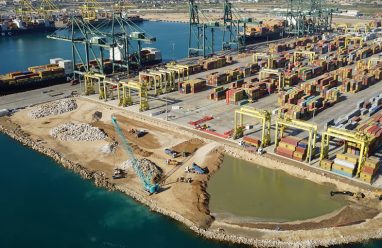The LineRail database was created in order to address the shortage of information on the scheduled rail services opened up in Spain following the liberalization of the rail industry in 2005. To that end, LineRail continually compiles information about the scheduled rail services offered in Spanish ports. The aim is to provide quality information to shippers and operators interested in using rail to transport their freight.
The methodology used to produce the database includes both processing work and field work with most of the railway agents involved in the transport chain (railway undertakings, authorized applicants, the Administrator of Railway Infrastructures (Adif), rail terminals, port authorities, etc).
In addition, as it provides an added-value to the data, LineRail is not limited to simply listing the services offered from each of the rail terminals under study. Rather, it complements this information with data relating to the characteristics of the scheduled services (type of service in terms of the user, frequency, running times, transit time, number of trains per service, etc.) and to the characteristics of trains (maximum train length, maximum capacity, average distance travelled, effective speed, etc.). As such, this tool, together with the LinePort database, can be hugely useful to transport policy makers in Spain, port authorities and other public administrations, as it provides them with both a detailed picture of the configuration of the alternative modes at a given time, and information on the evolution of the alternative modes over time.
Thus, while the current information will make it possible to identify the critical points in the SSS and rail transport services on which public action should be focused at any given time, information on the development of these services over time will enable an assessment of the relative effectiveness of the various measures put in place.
In addition, the high level of detail of the data provided in both databases will allow railway undertakings and shipping companies to gain a clear view of the level of service offered at the present time and to identify new market niches, thus facilitating the definition of their commercial strategy.






